How does a community’s built environment and access to public goods impact their carbon emissions? How does income inequality impact peoples’ options for reducing carbon emissions? Fifth-year PhD candidate and O-Lab fellow Eva Lyubich is exploring these questions in an ongoing set of projects focused on how place-based climate strategies might help curb climate emissions. Eva’s research interests lie at the intersection of climate policy, inequality, and public goods provisions, and she is particularly focused on finding viable solutions to mitigate the climate crisis.
In ongoing work, Eva is studying whether place-based climate policies - climate policies focused on local investments in climate mitigation solutions - would be more effective than carbon taxes at reducing carbon emissions. Economists typically suggest that carbon taxes force people to privately account for the harm they contribute to globally. However, people’s ability to substitute away from dirty energy consumption is highly dependent on alternatives available to them on a local level. “If certain public goods investments have the capacity to reduce carbon emissions for many people all at once, then it may be more efficient to make investments in public goods rather than relying on individuals to make private investments on their own,” she said. For example, policies that change the built environment of a community, such as making it more walkable, bikeable, or investing in public transit reduce carbon emissions while positively benefiting a community by increasing the available transportation options.
Eva’s motivation for this paper came from “the idea that individuals are constrained by the choices they can make and could therefore be limited in their ability to reduce their individual carbon footprints.” A few of the questions behind this research agenda include: How do characteristics of places constrain our ability to reduce emissions? Would people change their behaviors if we changed the characteristics of a place? Do people drive because they don’t have access to high quality public transit or do they like driving and will they drive everywhere regardless of if they have access to a public transit system? Eva is trying to estimate what share of geographic variation in carbon emissions is driven by characteristics and policies governing the places people live in versus differences in people’s preferences.
“Individuals are constrained by the choices they can make and could therefore be limited in their ability to reduce their individual carbon footprints.
In this project, Eva estimates what share of emissions are place-based using what is known as a mover design, in which she studies how people’s emissions change as they move to different places. She hopes to use these estimates to inform what type of investments and what geographic locations have the highest benefit to cost ratio in reducing overall emissions. According to Eva, “this research has the potential to help local, state, and federal governments determine where we should be investing to make the highest emissions reductions.” An example of an existing program that is making place-based climate investments is the California Climate Investments initiative, which uses cap-and-trade revenues to fund community-based projects for reducing greenhouse gas emissions, particularly in disadvantaged communities.
“This research has the potential to help local, state, and federal governments determine where we should be investing to make the highest emissions reductions.
More broadly, Eva plans to study the consequences of income inequality on our collective ability to address the climate crisis. The availability of a community’s options to reduce their carbon footprint is highly impacted by the distribution of public goods, which is largely dependent on the income distributions of a community. Income inequality and mitigating the climate crisis go hand in hand. “In a future project, I hope to study how the distributions of public goods and income inequality intersect with climate policy effectiveness. Does income inequality across communities prevent climate policy from being successful?” Eva’s research projects have great potential to influence social policies, climate policies, and secure our planet’s future.

